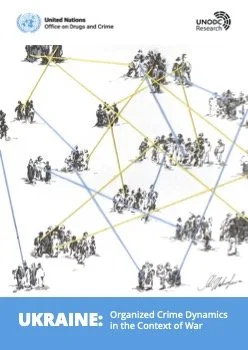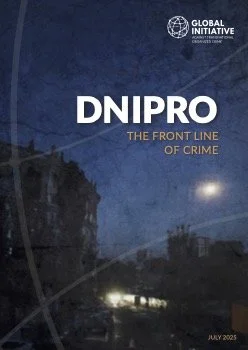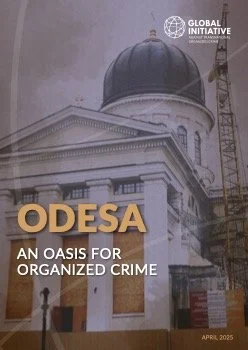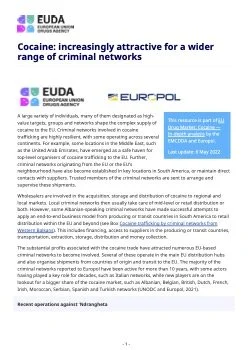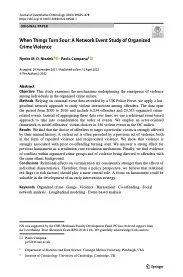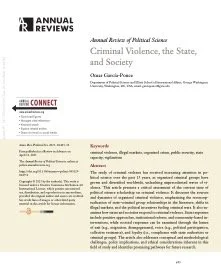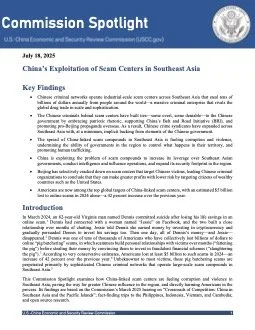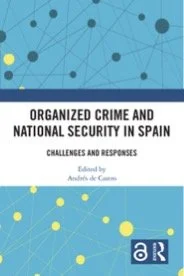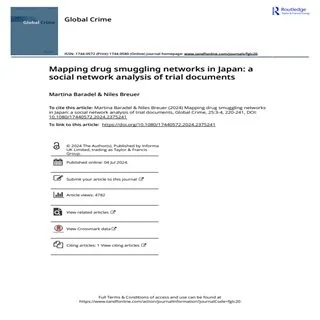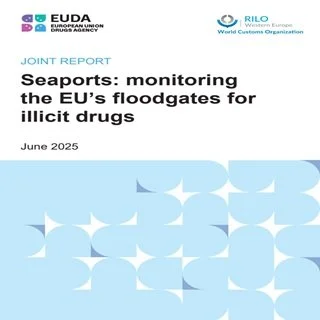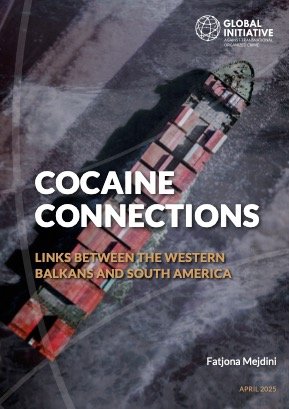By Fatjona Mejdini
Organized crime groups from the Western Balkans have over the last 20 years established a remarkably strong foothold in South America in their pursuit of cocaine that they ship to and distribute in Europe and beyond. They have evolved from minor European players into prominent international criminal enterprises in this illicit global commodity trade, building durable relationships at both ends of the highly lucrative supply chain. Their rise has been spurred, in part, by luck. Two key factors have favoured them: an unprecedented surge in cocaine production in South America and insatiable demand for the drug in Europe. The Global Initiative Against Transnational Organized Crime (GI-TOC)’s European Drug Trends Monitor suggests that after reaching record high levels in 2023, and despite a drop in seizures in the beginning of 2024, cocaine availability remains stable, if not on the rise, in Europe.1 Indeed, record seizures are being documented at key EU ports and the bloc’s drugs monitoring agency, the European Union Drugs Agency, announced in March 2023 another annual increase in the levels of cocaine detected in wastewater, continuing an upward trend that began in 2016.2 But guile has played an equally important role in the success of these groups, which have leveraged the smuggling expertise and paramilitary training established during the Balkan ethnic conflicts and civil unrests of the 1990s. Playing the long game, they have learned from and won the respect of the Italian mafia, among others, while retaining an agility that has allowed them to seize market opportunities. This has largely been achieved – so far, at least – without provoking debilitating blowback from rival players. The research for this report focused on Western Balkan organized crime groups and was conducted within this framework. Consequently, the dynamics observed in South American countries are explored solely in relation to these criminal groups. The report aims to provide a detailed understanding of their presence in South America and the broader implications that this has for their future in the context of the Western Balkans. Balkan brokers have been crucial to their success in establishing symbiotic local relationships. They have forged strong and enduring connections in the cocaine-producing countries of Colombia, Peru and Bolivia, from cartels to coca farmers. They have also been able to establish strong bases and key relationships in dispatching countries such as Brazil, Ecuador and, more recently, the neighbouring Caribbean region. Not only have they managed to navigate the South America’s criminal environment with relative ease, but in some cases they have also proved able to forge relationships within high-level business and political circles in the countries where they operate.3 To avoid disruptions to their operations at the wholesale source, they have intentionally maintained a professional working distance from other foreign criminal organizations operating in South America, especially the infamous Mexican cartels. However, they have managed to expand their footprint in global cocaine markets, partly through arrangements with some of Europe’s most prominent criminal organizations, such as the Dutch–Moroccan networks, the Kinahan cartel and Italian mafia groups like the ’Ndrangheta and the Camorra. They have also displayed creativity by employing various forms of trafficking methods. These extend beyond the use of container ships, to also encompass cargo and leisure vessels and planes. Their presence in South America and the international cocaine supply chain has left a conspicuous footprint that has been tracked by law enforcement activity. Over the past three years, half of the targets of Europol-coordinated cocaine operations have been linked to individuals and networks from this region, thanks in part to the crackdown on communication platforms such as EncroChat and SKY ECC, which were widely used by criminal organizations from the Western Balkans.4 Western Balkan criminals have been accused of transporting tens of tonnes of cocaine from South America to major ports in Belgium, the Netherlands, Spain and elsewhere. Although these major European entry hubs appear to be the primary channels for criminal organizations from the Western Balkans, these actors also utilize ports in the Balkans region as transit points for trafficking cocaine elsewhere in Europe. Their involvement in the global illicit cocaine trade is not confined to the European consumer market, however. Western Balkan groups have been linked to significant seizures on other continents as well, including one of the largest cocaine seizures in US history (more than 20 tonnes, worth more than US$1 billion).5 Western Balkans groups have also, in recent years, been using their strong presence in South America to target even wealthier markets, such as Australia, using Africa and Southern Europe as transit regions.6 These criminal entities have also left a trail of blood. Since 2010, at least 19 people from the Western Balkans believed to be linked with cocaine trafficking have been killed in South America, according to GI-TOC records. Their activities have exacerbated instability in certain South American countries such as Ecuador, as they relentlessly secure supplies of cocaine and its safe shipment – at any cost. This research report identifies the links between criminal actors from the Western Balkans and the South American cocaine trafficking market. It provides an overview of the factors that have impelled the region’s organized crime groups towards South America and addresses the implications arising from their presence in that region. The study sheds light on their origins and operations, revealing common patterns despite the diverse backgrounds from which they have emerged. The study finds that links between the Western Balkans and South America have existed for around three decades but have significantly intensified in the last two. It predominantly focuses on organized crime groups from Albania, Bosnia and Herzegovina, Kosovo, Montenegro, North Macedonia and Serbia, but also makes reference to those from other countries in South Eastern Europe where relevant, in relation to their collaboration in the cocaine trade. It is important to note that international law enforcement organizations, in their reporting, often refer to criminal groups from the Western Balkans as ‘Albanian-speaking networks’7 or the ‘Balkan Cartel’.8 The former is used to denote criminal groups of Albanian nationality that speak Albanian, while the latter refers to criminal groups of Slavic origin that speak the Bosnian-Croatian-Montenegrin-Serbian language.9 These terms indicate ethnicity and linguistic variations among actors rather than their organizational characteristics. Inter-ethnic cooperation between organized crime groups in the Western Balkans has a long history, particularly in the trafficking of weaponry and ammunition, cigarettes, fuel and drugs, and human smuggling. In some cases, integrated organized crime groups have emerged bringing together members from different countries within the region. But these groups prefer to retain their independence, and there is no evidence of the creation of cartels in the Western Balkan region.10 Organized crime groups in the region generally have a clear leadership structure, but Balkan organized crime groups operating in South America appear to prefer a horizontal organizational structure that allows flexibility. Due to the transnational nature of cocaine trafficking, these groups have become adaptable. Often, their trafficking operations in South America are seen as ‘joint ventures’ or ‘projects’ that bring together organizations or groups of criminals from different countries and ethnic backgrounds who happen to be in the right place and have the necessary resources and skills to achieve the desired outcome. The extensive supply chain coordination needed to procure, transport, process and distribute the drug has prompted enhanced flexibility within these groups. Therefore, in this report, the terms ‘organized crime groups’ and ‘criminal networks’ will be used interchangeably.
Geneva, SWIT: Global Initiative Against Transnational Organized Crime , 2025. 48p.


